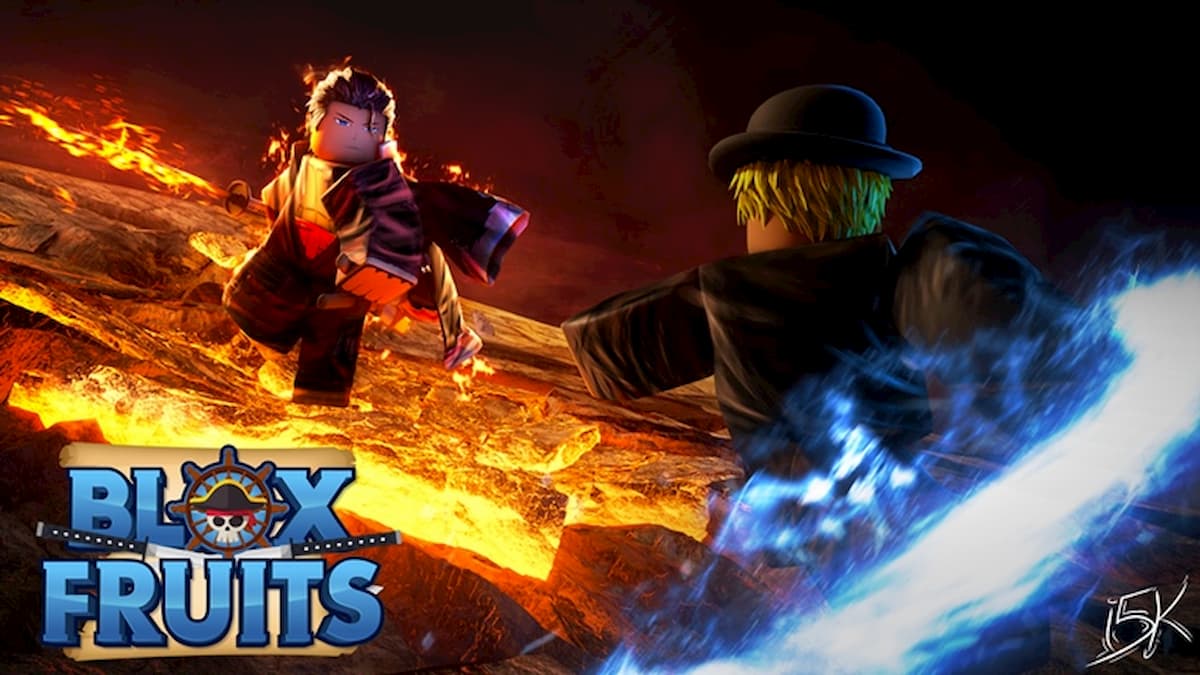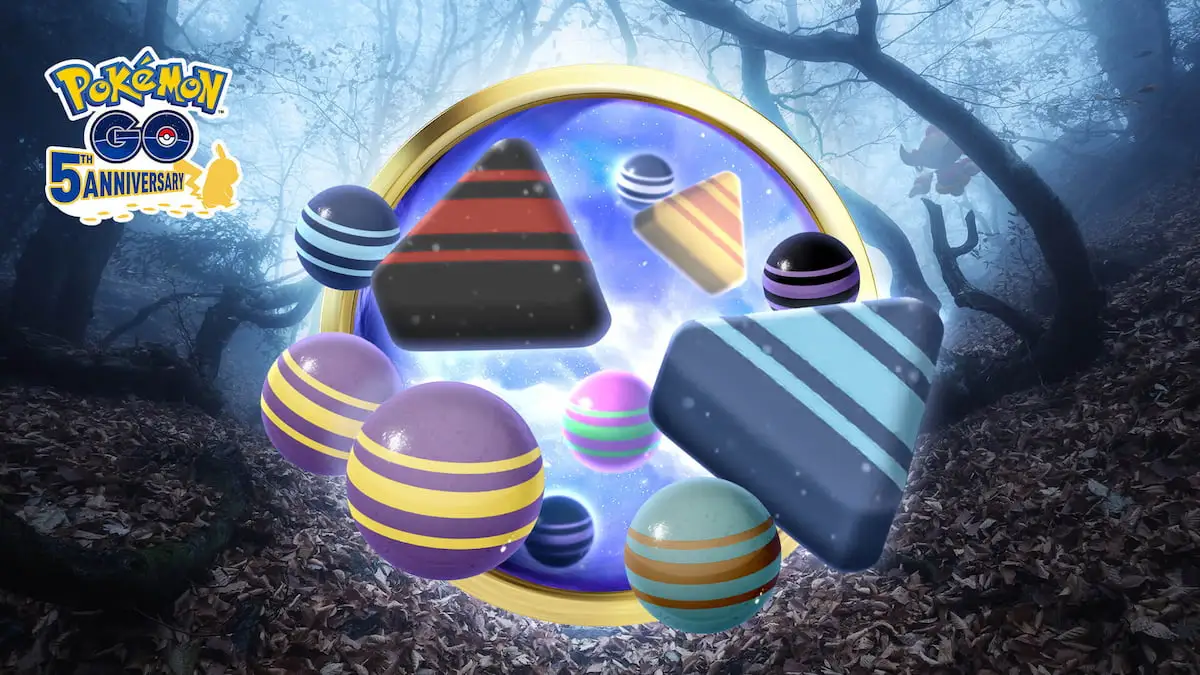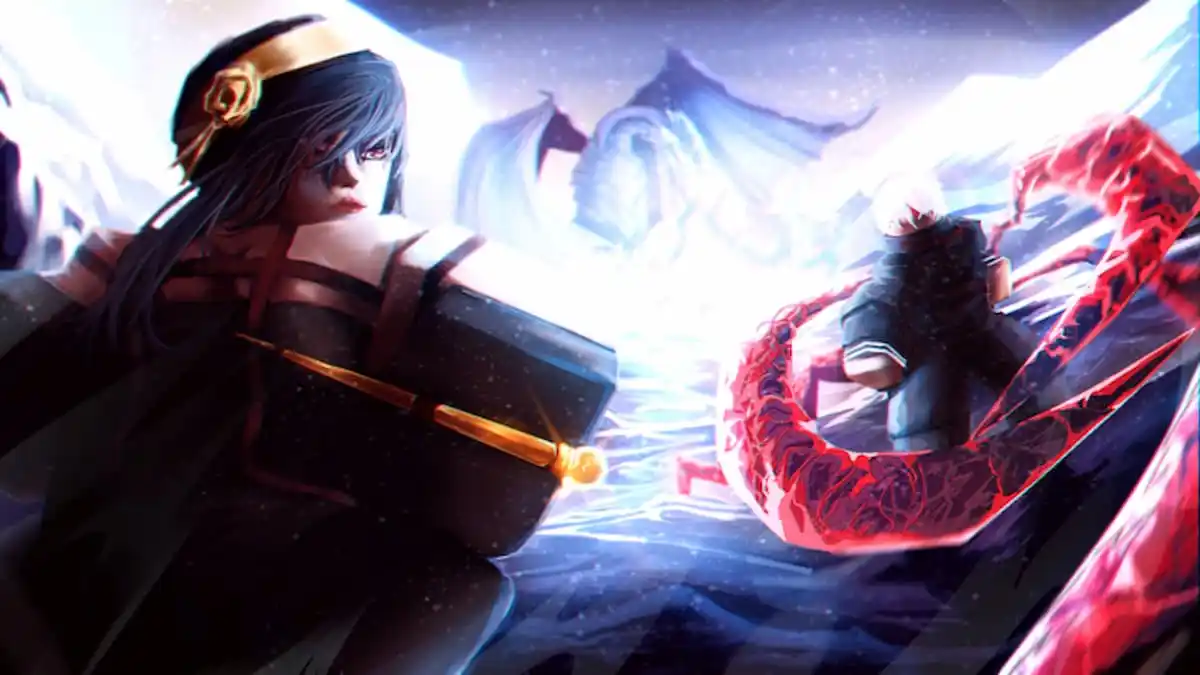Some of the hidden depth of Dauntless comes from doing different damage types to Behemoths. If you’ve ever wondered why your damage numbers sometimes change color, we’ll explain it all in this guide.
Dauntless is frequently compared to a more simplistic Monster Hunter, but that doesn’t mean it’s a shallow game. While hunts may just look like four people wailing on a Behemoth, there’s actually a strategy to where, when, and how you strike your target.
If you’ve played Dauntless, you may have noticed that the damage numbers that pop up when you attack come in several different colors, but you may not know what they mean. They actually correspond to different types of damage with unique effects on the Behemoth you’re fighting.
White Numbers – Basic Damage
White damage numbers mean you’re just doing basic damage. Doing enough basic damage will kill the Behemoth, but you’ll never get special effects like staggering your target or breaking off apart. Keep in mind that if you start inflicting any of the special damage types below, you won’t see white damage numbers anymore, but basic damage is still being done. Special damage numbers may be lower than the basic damage that’s actually being inflicted, so don’t worry if it looks like you’re doing less damage by targeting specific parts.
Yellow Numbers – Part Damage
Yellow numbers mean you’re doing part damage. This is the most common damage type to see aside from basic damage. Each different part of the Behemoth (legs, horns, head, tail, etc.) has its own health pool, and doing enough part damage will break it off. When that happens, you’ll get a part to use in crafting gear, and sometimes it will change the Behemoth’s attack pattern as well. For instance, chopping off a Drask’s tail will keep it from swiping you with it, and breaking a Charrogg’s flame sacs will stop its flamethrower attack. If you want to break the most parts you can, it’s best to stop attacking a part once it stops showing yellow damage numbers.
Blue Numbers – Stagger Damage
Blue numbers mean you’re doing stagger damage. You’ll mostly see this when you’re attacking a Behemoth’s head, and sometimes its legs. Doing enough stagger damage to a Behemoth will — you guessed it — stagger the beast. Your target will fall down, giving you a few seconds worth of free hits to really rack up the damage. Stagger damage is mostly a concern for hammers, which do the most of this damage type, but axes and even some swords can do decent stagger damage in a pinch.
Red Numbers – Wound Damage
Red numbers mean you’re doing wound damage. This is by far the least common type of damage to see, as only the War Pike applies wound damage. Once you apply enough wound damage to any part of a Behemoth, that part will start to emit a blue glow, which means that it’s been wounded. Wounded parts take increased damage, especially from slashing weapons like swords, axes, and chain blade. Once you see a part start to glow blue, you should either try to break it or (if you’re using a War Pike) move on to wounding another part.







Published: May 30, 2019 08:52 pm